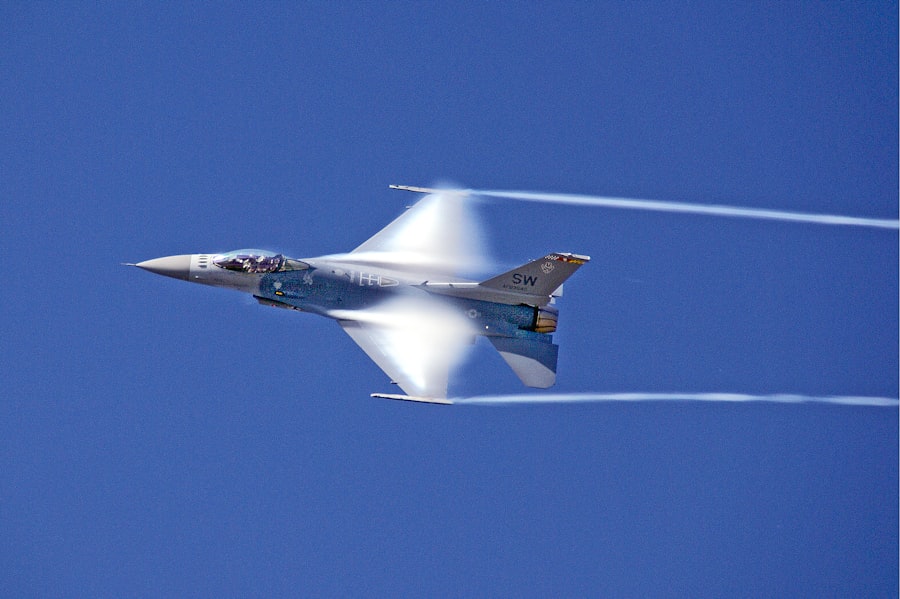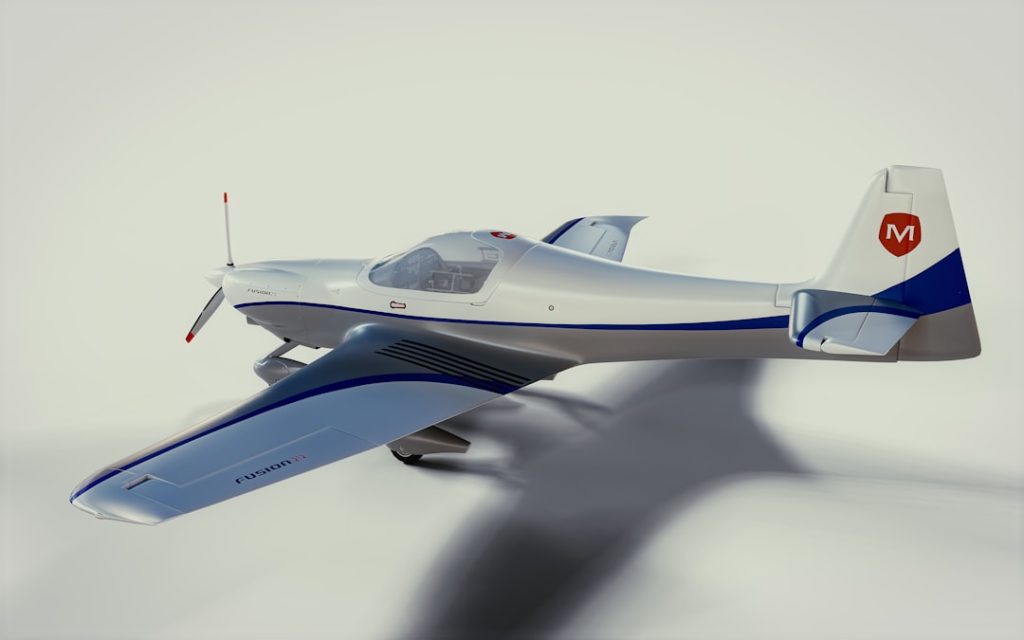Aerospace aeronautical engineering is a specialized field that encompasses the design, development, testing, and production of aircraft and spacecraft. This discipline merges principles from various engineering domains, including mechanical, electrical, materials, and systems engineering, to create vehicles capable of navigating through the Earth’s atmosphere and beyond. The significance of aerospace engineering extends beyond mere transportation; it plays a crucial role in national defense, global communication, and scientific exploration.
As the world becomes increasingly interconnected, the demand for advanced aerospace technologies continues to grow, making this field both dynamic and essential. The scope of aerospace aeronautical engineering is vast, covering everything from commercial airliners to military jets and space exploration vehicles. Engineers in this field are tasked with addressing complex challenges such as aerodynamics, propulsion systems, structural integrity, and avionics.
The integration of cutting-edge technologies like artificial intelligence, advanced materials, and automation has revolutionized the way aerospace engineers approach their work. As we delve deeper into the historical context and modern advancements in this field, it becomes evident that aerospace aeronautical engineering is not just about flying; it is about pushing the boundaries of what is possible in human mobility and exploration.
Key Takeaways
- Aerospace aeronautical engineering involves the design, development, and testing of aircraft and spacecraft.
- The historical overview of aerospace aeronautical engineering traces back to the early 20th century with the Wright brothers’ first successful flight.
- Modern technologies and innovations in aerospace aeronautical engineering include advanced materials, aerodynamics, and propulsion systems.
- Aerospace aeronautical engineering plays a crucial role in space exploration through the design and development of spacecraft and related technologies.
- Environmental considerations in aerospace aeronautical engineering focus on reducing emissions and developing sustainable aviation technologies.
Historical Overview of Aerospace Aeronautical Engineering
The roots of aerospace aeronautical engineering can be traced back to the early 20th century when pioneers like the Wright brothers made significant strides in powered flight. Their successful flight in 1903 marked the beginning of a new era in human transportation. Following this breakthrough, the field rapidly evolved, particularly during World War I and World War II, when advancements in aircraft design and technology were accelerated due to military needs.
The introduction of metal structures, more powerful engines, and improved aerodynamic designs transformed aircraft capabilities, leading to faster and more efficient planes. The post-war period saw a surge in commercial aviation, with companies like Boeing and Douglas leading the charge in developing passenger aircraft. The introduction of jet engines in the 1950s revolutionized air travel by significantly reducing flight times and increasing passenger capacity.
Concurrently, the space race between the United States and the Soviet Union catalyzed advancements in aerospace engineering. The launch of Sputnik in 1957 and subsequent missions to the Moon showcased the potential for human exploration beyond Earth. This era laid the groundwork for modern aerospace engineering practices and established a framework for future innovations.
Modern Technologies and Innovations in Aerospace Aeronautical Engineering

Today’s aerospace aeronautical engineering is characterized by rapid technological advancements that have transformed both aircraft design and manufacturing processes. One of the most significant innovations is the development of composite materials, which offer a combination of strength and lightweight properties that traditional metals cannot match. These materials have become integral to modern aircraft construction, allowing for improved fuel efficiency and performance.
For instance, the Boeing 787 Dreamliner utilizes composite materials extensively, resulting in a lighter aircraft that consumes less fuel compared to its predecessors. Another groundbreaking advancement is the integration of digital technologies into aerospace engineering practices. Computer-aided design (CAD) software has revolutionized how engineers conceptualize and test designs before physical prototypes are built.
Additionally, simulation tools enable engineers to analyze aerodynamic performance under various conditions without the need for costly wind tunnel tests. The advent of additive manufacturing, or 3D printing, has also begun to reshape production methods within the industry. This technology allows for rapid prototyping and the creation of complex components that would be difficult or impossible to manufacture using traditional methods.
The Role of Aerospace Aeronautical Engineering in Space Exploration
| Aspect | Metrics |
|---|---|
| Spacecraft Design | Weight, Aerodynamics, Thermal Control |
| Propulsion Systems | Thrust, Efficiency, Fuel Consumption |
| Structural Analysis | Stress, Strain, Material Properties |
| Orbital Mechanics | Orbit Transfer, Trajectory Analysis, Gravitational Forces |
| Life Support Systems | Oxygen Generation, Waste Management, Environmental Control |
Aerospace aeronautical engineering plays a pivotal role in space exploration, where the challenges are magnified due to the harsh environment beyond Earth’s atmosphere. Engineers must consider factors such as microgravity, radiation exposure, and extreme temperatures when designing spacecraft. The development of launch vehicles like SpaceX’s Falcon 9 or NASA’s Space Launch System (SLS) exemplifies how aerospace engineers are pushing the boundaries of what is achievable in space travel.
These vehicles are designed not only to transport payloads into orbit but also to support missions aimed at exploring other celestial bodies. Moreover, advancements in propulsion systems have been crucial for deep space exploration. Traditional chemical rockets are being supplemented with innovative technologies such as ion propulsion systems that offer greater efficiency for long-duration missions.
For example, NASA’s Dawn spacecraft utilized ion propulsion to travel to and study the asteroid belt, demonstrating how modern propulsion technologies can extend mission capabilities far beyond what was previously possible. As humanity sets its sights on Mars and beyond, aerospace aeronautical engineers will continue to be at the forefront of developing the technologies necessary for these ambitious endeavors.
Environmental Considerations in Aerospace Aeronautical Engineering
As global awareness of environmental issues grows, aerospace aeronautical engineering faces increasing scrutiny regarding its impact on climate change and sustainability. The aviation industry is a significant contributor to greenhouse gas emissions, prompting engineers to seek innovative solutions to reduce this footprint. One approach involves improving fuel efficiency through advanced aerodynamics and lightweight materials.
For instance, research into blended wing body designs aims to create more efficient aircraft shapes that minimize drag during flight. Additionally, there is a concerted effort within the industry to explore alternative fuels that can power aircraft with lower emissions. Sustainable aviation fuels (SAFs), derived from renewable sources such as plant materials or waste products, are being tested and implemented by major airlines as part of their commitment to reducing carbon emissions.
Furthermore, electric propulsion systems are being developed for short-haul flights, which could significantly decrease reliance on fossil fuels. These initiatives reflect a growing recognition within aerospace aeronautical engineering that innovation must align with environmental stewardship.
Challenges and Future Directions in Aerospace Aeronautical Engineering

Despite its many advancements, aerospace aeronautical engineering faces several challenges that must be addressed to ensure continued progress. One significant hurdle is the high cost associated with research and development in this field. Developing new technologies often requires substantial investment and time before they can be brought to market.
This financial barrier can stifle innovation and slow down the adoption of new solutions that could enhance safety or efficiency. Another challenge lies in regulatory frameworks that govern aviation safety and environmental standards. As new technologies emerge—such as urban air mobility vehicles or autonomous drones—regulatory bodies must adapt existing regulations or create new ones to ensure safety without stifling innovation.
Collaboration between engineers, policymakers, and industry stakeholders will be essential in navigating these complexities. Looking ahead, aerospace aeronautical engineering will likely focus on integrating artificial intelligence into design processes and operational systems to enhance efficiency and safety while addressing environmental concerns.
Impact of Aerospace Aeronautical Engineering on Commercial Aviation
The influence of aerospace aeronautical engineering on commercial aviation cannot be overstated; it has fundamentally transformed how people travel across the globe. The introduction of jet airliners revolutionized air travel by making it accessible to a broader audience while significantly reducing travel times between destinations. Modern aircraft are designed with passenger comfort in mind, incorporating advanced noise reduction technologies and improved cabin pressurization systems that enhance the flying experience.
Moreover, advancements in avionics have improved navigation and safety protocols within commercial aviation. Modern aircraft are equipped with sophisticated autopilot systems that enhance flight safety by reducing pilot workload during long-haul flights. Additionally, real-time data analytics allow airlines to optimize flight routes based on weather conditions or air traffic patterns, leading to more efficient operations and reduced fuel consumption.
As commercial aviation continues to evolve, aerospace aeronautical engineers will play a critical role in shaping its future through ongoing innovations.
Career Opportunities in Aerospace Aeronautical Engineering
The field of aerospace aeronautical engineering offers a diverse array of career opportunities for aspiring engineers. Graduates can find positions within major aerospace companies such as Boeing, Lockheed Martin, or Airbus, where they may work on projects ranging from commercial aircraft design to military defense systems. Additionally, government agencies like NASA or the European Space Agency provide opportunities for engineers interested in space exploration and research.
Beyond traditional roles in design and manufacturing, there is a growing demand for engineers with expertise in emerging technologies such as artificial intelligence and data analytics within aerospace applications. As industries increasingly rely on automation and smart systems, professionals who can bridge the gap between engineering principles and technological advancements will be highly sought after. Furthermore, interdisciplinary collaboration is becoming more common; engineers may work alongside environmental scientists or policy experts to address sustainability challenges within aviation.
In summary, aerospace aeronautical engineering is a multifaceted field that continues to evolve rapidly due to technological advancements and societal needs. From its historical roots to its modern applications in commercial aviation and space exploration, this discipline remains at the forefront of innovation while addressing critical challenges such as environmental sustainability and regulatory compliance. As career opportunities expand within this dynamic sector, aspiring engineers have a chance to contribute meaningfully to shaping the future of transportation and exploration.


